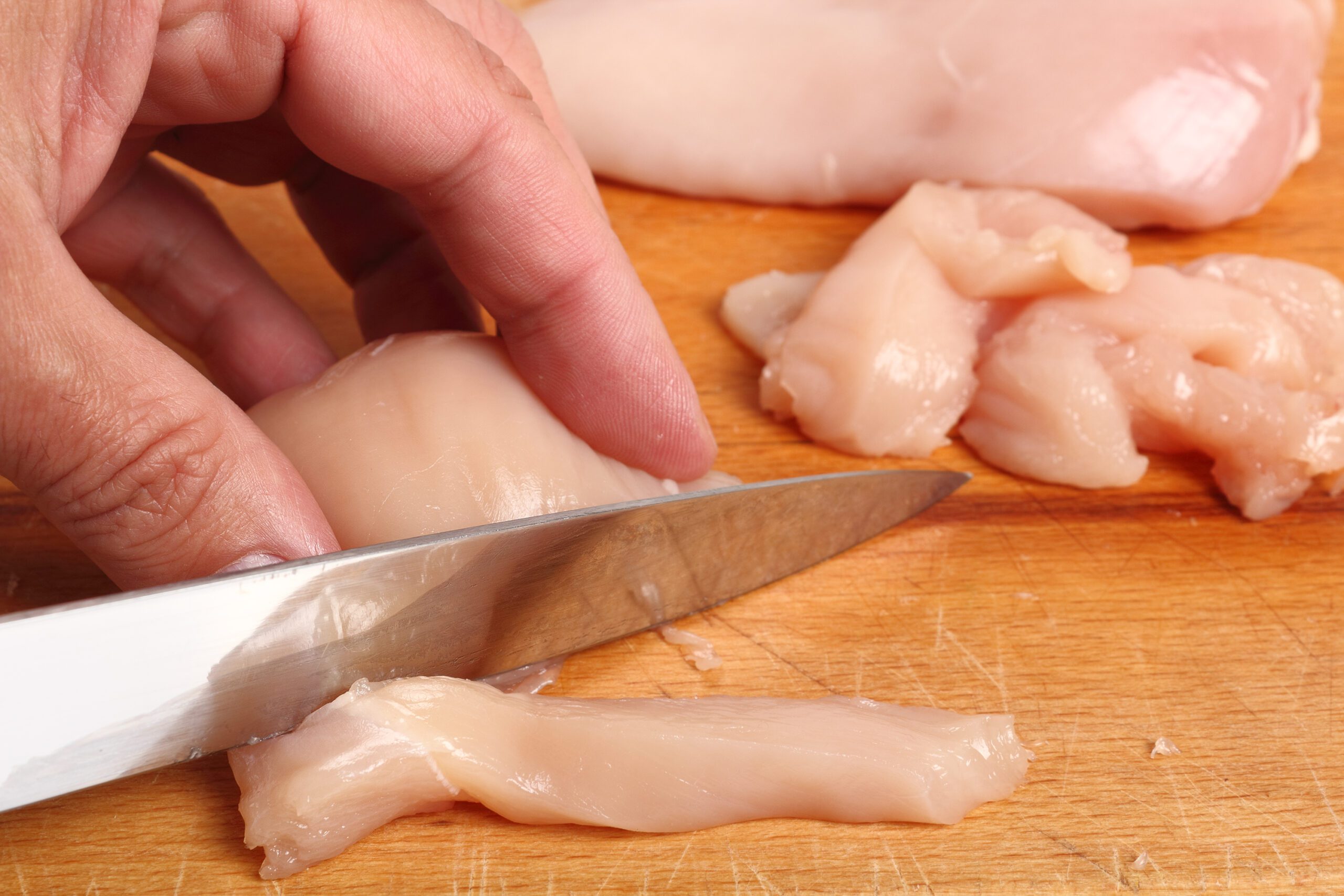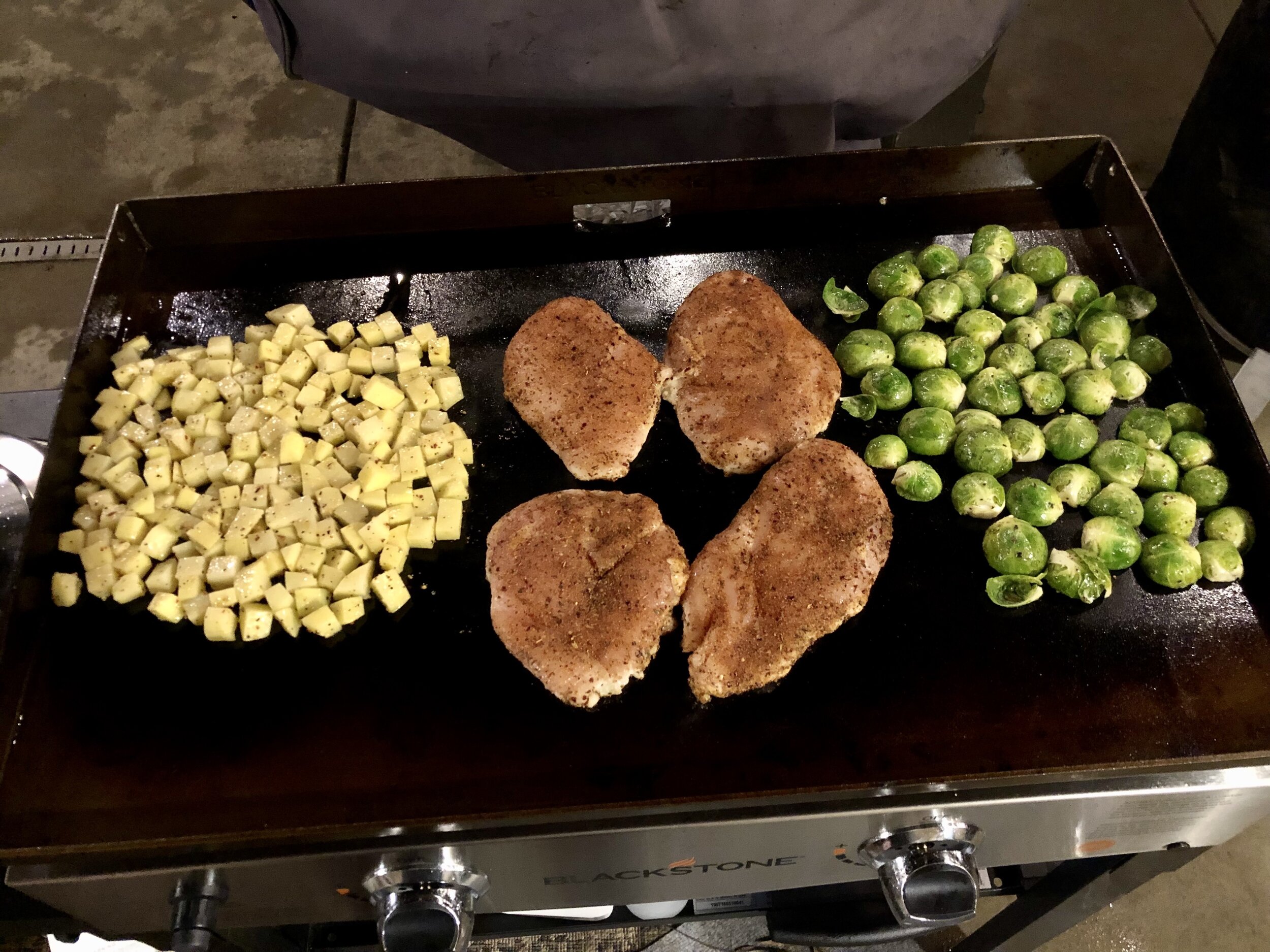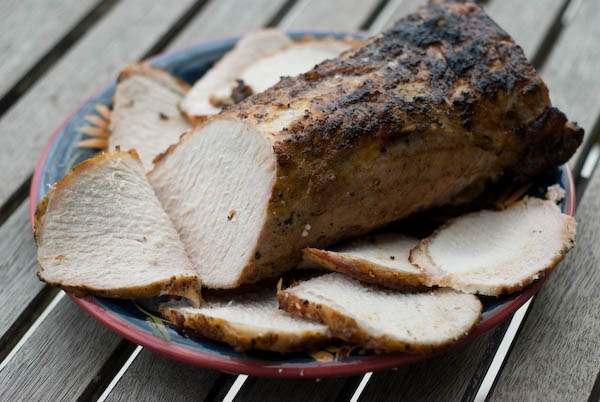
Skirt Steak Other Names: Unveiling the Aliases of this Sizzling Cut
What is Skirt Steak: Cut Explained

Skirt steak is a versatile cut of beef that offers a good price to quality ratio. However, it can be difficult to find as there are only four skirt steaks per steer. There are two types of skirt steak – the inside and outside. The outside skirt steak is a boneless, trimmed cut from the diaphragm muscle, while the inside skirt steak comes from the inner wall of the steer’s chest. Skirt steak used to be considered offal and was given to field workers in the American South, but it gained popularity in Mexican-inspired dishes like fajitas and steak tacos.
Skirt steak is also popular in Argentina, where it is known as “entraña.” It is often confused with flank steak but has more fat content. Skirt steak should be marinated before grilling or can be broiled or seared in a cast iron skillet. It should always be cut against the grain for optimal tenderness. While skirt steak used to be relatively inexpensive, its popularity and demand have caused prices to increase over the years.
What is Skirt Steak?
Skirt steak is a versatile cut of beef that offers a good price/quality ratio. It has become increasingly popular, but due to there being only four skirt steaks per steer, it can be difficult to find. There are two types of skirt steak: the inside skirt steak and the outside skirt steak. Both cuts are long, thin, and range from 20-24 inches in length and 1/2 – 1 inch thick. The outside skirt steak comes from the diaphragm muscle attached to ribs 6 through 12 on the underside of the short plate, while the inside skirt steak comes from the inner wall of the steer’s chest, running parallel to the belly.
In the past, skirt steak was considered offal or organ meat and was often given to field workers in the American South, particularly those of Mexican origin. This is where it gained popularity as “arrachera” and became a key ingredient in Mexican-inspired dishes like fajitas and steak tacos. Skirt steak is also highly popular in Argentina, where it is known as “entraña.” It is often confused with flank steak due to their similar cooking properties, but skirt steak contains more fat than flank steak.
A Quick History Lesson on Skirt Steak
Skirt steak has a fascinating history that dates back to its humble beginnings as a discarded cut of meat. Originally considered offal, skirt steak was often given to field workers or enjoyed by cattle ranchers in the American South. It gained popularity among Mexican field workers who used it to create delicious dishes like “arrachera,” which eventually became a staple in Mexican cuisine, including fajitas and steak tacos.
In Argentina, skirt steak, known as “entraña,” became a favorite among cattle ranchers who included it in their traditional asados. The versatility and flavor of skirt steak made it a popular choice for grilling and marinating. Over time, skirt steak has become more widely recognized and sought after, leading to an increase in prices.
Is Skirt steak the Same as Flank Steak?
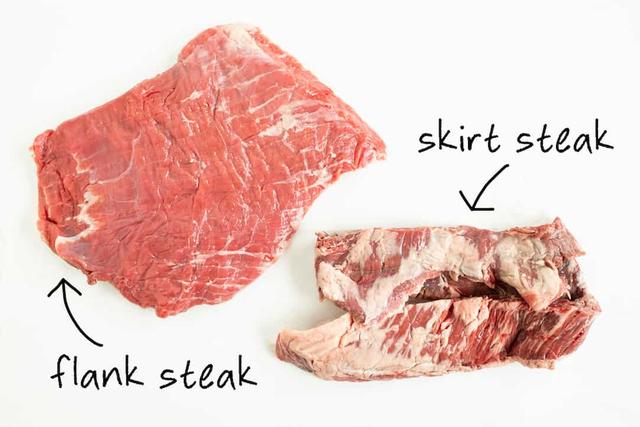
Skirt steak and flank steak are similar cuts of beef, but they come from different parts of the cow. While both cuts are known for their flavor and versatility, there are some key differences to note. Skirt steak is taken from the plate primal, specifically the inside and outside skirt muscles, which are found below the rib primal. On the other hand, flank steak comes from the abdominal muscles of the cow, towards the rear end.
In terms of cooking properties, skirt steak contains more fat than flank steak. This higher fat content contributes to its juiciness and ability to handle a higher level of doneness. Flank steak, on the other hand, tends to be leaner with minimal fat. Both cuts have a loose grain structure and lots of connective tissue, making them ideal for marinating or grilling.
While skirt steak is often used in Mexican-inspired dishes like fajitas and steak tacos, flank steak is commonly used in dishes such as stir-fries or London broil. Despite their differences, both cuts offer delicious flavors and can be enjoyed in various recipes.
Where is Skirt Steak on the Steer?
Skirt steak is located in the plate primal of the steer, also known as the short plate. It can be found below the rib primal, behind the brisket, and in front of the flank. There are two types of skirt steak – the inside skirt steak and the outside skirt steak. The inside skirt steak is a boneless, trimmed cut from the inner wall of the steer’s chest, running parallel to the belly. On the other hand, the outside skirt steak is a boneless, trimmed cut from the diaphragm muscle, attached from ribs 6 through 12 on the underside of the short plate. Both cuts are long and thin, measuring around 20-24 inches in length and about 1/2 – 1 inch thick.
Inside Skirt Steak vs Outside Skirt Steak

The inside skirt steak and outside skirt steak are two different cuts of meat from a single steer. Both cuts are long and thin, measuring around 20-24 inches in length and 1/2 – 1 inch thick. The main difference between the two is their location on the animal.
The outside skirt steak is taken from the diaphragm muscle, attached from ribs 6 through 12 on the underside of the short plate. It is a boneless cut that is trimmed to remove excess fat. On the other hand, the inside skirt steak comes from the inner wall of the steer’s chest, running parallel to the belly. It is also a boneless cut that is trimmed to remove any excess fat.
How is Skirt Steak Cooked?
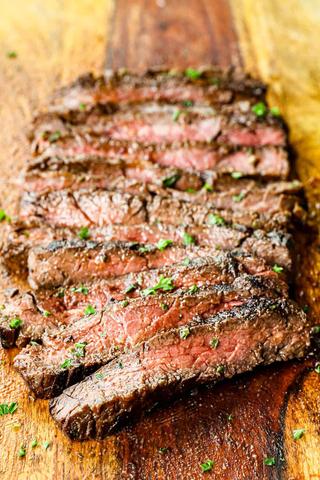
Skirt steak is a versatile cut of beef that can be cooked in various ways. One popular method is grilling, which allows the meat to develop a delicious charred flavor. Prior to grilling, it is recommended to marinate the skirt steak to enhance its tenderness and add flavor. The loose grain structure of skirt steak readily absorbs marinades, making it an ideal choice for this cooking technique. Another option is broiling the skirt steak, which involves cooking it under high heat in the oven. This method results in a slightly different texture compared to grilling but still delivers a tasty outcome. Additionally, skirt steak can be seared in a cast iron skillet on high heat for a quick and flavorful preparation. Regardless of the cooking method chosen, it is important to cut skirt steak against the grain before serving to ensure optimal tenderness.
How is Skirt Steak Sliced?
Skirt steak should always be sliced against the grain. The grain structure of skirt steak is easily visible, especially when it is raw. It is important to make note of the grain direction before grilling. To slice skirt steak, simply cut in the opposite direction of the grain on a bias, with the knife angled at 45 degrees. This technique helps to break up the muscle fibers and make the meat more tender.
Slicing skirt steak against the grain ensures that each bite is more tender and easier to chew. Cutting with the grain would result in long, stringy pieces of meat that can be tough and chewy. By slicing against the grain, you are essentially shortening those muscle fibers and creating smaller, more manageable pieces of meat.

Is Skirt Steak a “Good” Cut of Meat?
Skirt steak is considered a good cut of meat for several reasons. Firstly, it has a decent price/quality ratio, making it an affordable option for those looking to enjoy a flavorful steak without breaking the bank. Additionally, skirt steak is known for its versatility in cooking methods, and it readily absorbs marinades and flavors, resulting in a delicious and tender final product.
Despite its previous classification as offal or organ meat, skirt steak has gained popularity in recent years due to its use in Mexican-inspired dishes like fajitas and steak tacos. This increased demand has led to higher prices for skirt steak over time. However, it is still not as popular or expensive as other cuts of steak like ribeye or sirloin.
Other Names for Skirt Steak?
Skirt steak is known by different names in various parts of the world. In Mexico, it is called “arrachera,” while in Argentina, it is referred to as “entraña.” In certain cities in the United States, such as New York and Chicago, older generations of Jewish immigrants from Eastern Europe may have called it “Rumanian tenderloin” or “Romanian steak.” However, in most grocery stores in the US, you will simply find it labeled as “skirt steak.” These alternative names reflect the cultural influence and popularity of this versatile cut of beef.
Skirt steak has gained recognition and popularity due to its use in dishes like fajitas and steak tacos. Its unique texture and flavor make it a favorite among grillers and chefs alike. As demand for skirt steak continues to rise, so do its prices. It is now considered a desirable cut of meat and can be more expensive compared to other types of steak such as ribeye or sirloin. Despite its increasing popularity and higher cost, skirt steak remains a delicious option for those looking for a flavorful and affordable beef cut.
In conclusion, skirt steak is known by various names across different regions and cultures. Whether it’s called fajita meat, diaphragm steak, or Romanian tenderloin, this versatile cut remains a favorite among meat lovers worldwide. Regardless of its name, its tenderness and rich flavor make it a popular choice for grilling or marinating in countless delicious recipes.
https://www.youtube.com/watch?v=hfFNRdfP_lc&pp=ygUXc2tpcnQgc3RlYWsgb3RoZXIgbmFtZXM%3D
Learn More About Grilling
If you want to learn more about grilling, check out these other helpful resources!

